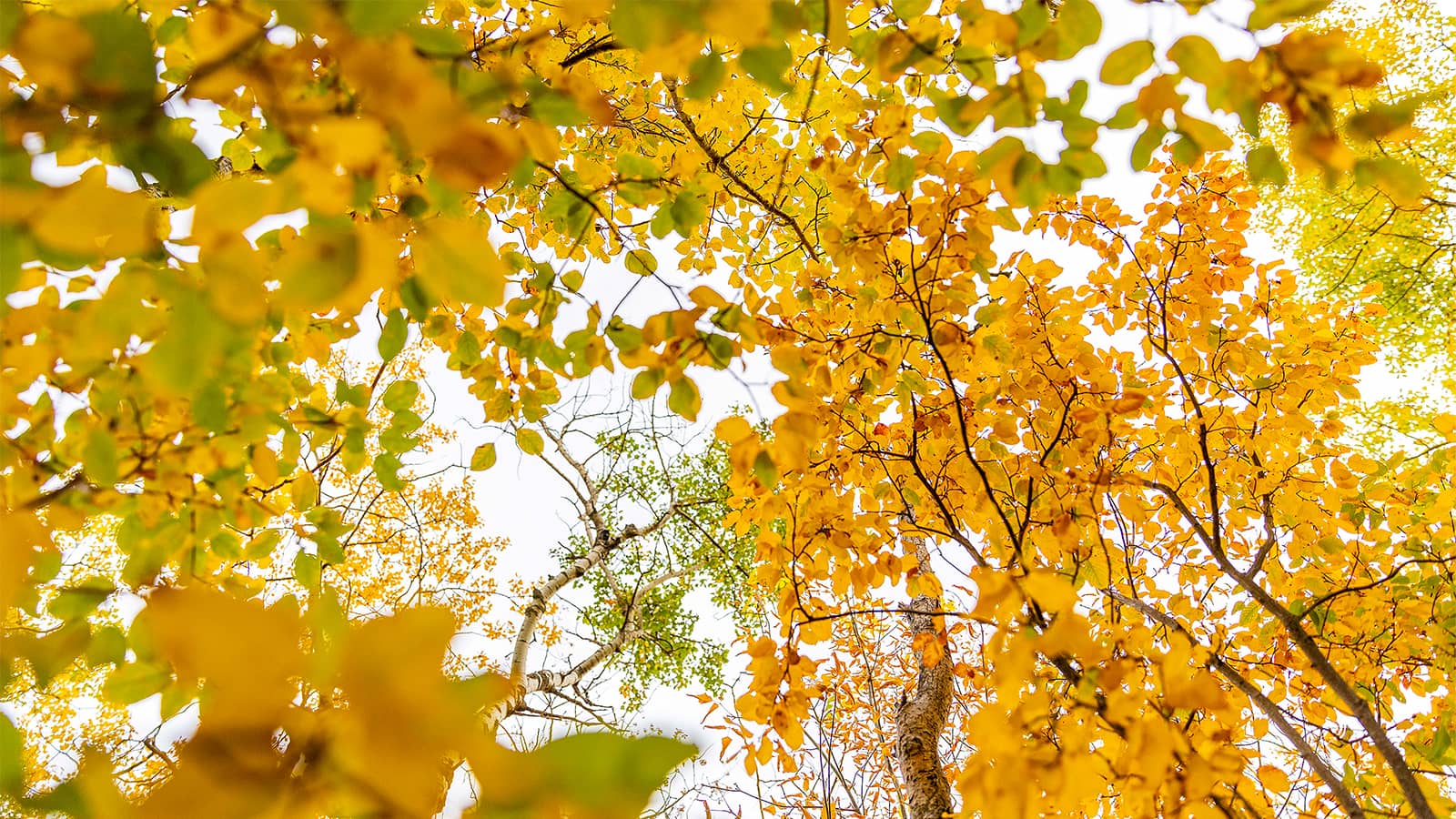Science
Study Reveals Why Small-City Residents Embrace Tree Planting

A recent study from the University of Alberta investigates the motivations behind tree planting and maintenance among residents of small cities, particularly focusing on Camrose, Alberta. This research is among the first in Canada to examine the factors influencing residents’ decisions to plant or remove trees on their properties. With approximately 20,000 inhabitants, Camrose serves as an ideal case study for understanding community engagement in urban forestry.
The study surveyed 548 residents, aiming to uncover their attitudes, knowledge, and personal backgrounds that contribute to the city’s tree canopy. Urban trees are essential for benefits such as carbon storage and providing shade, with around 50% to 60% of urban trees in North America located on private properties. According to environmental scientist Greg King, an associate professor at Augustana Campus and co-author of the study, understanding the underlying reasons for tree planting and removal choices is crucial for municipalities that wish to enhance their community tree cover.
Community Engagement and Tree Canopy Growth
King emphasizes that resident participation is vital in achieving tree cover goals. He states, “To achieve tree cover goals, we need to plant on both public and private lands — residents’ decisions impact overall benefits to their neighbourhood and city.”
The research highlights the unique context of Camrose, described by co-author Luke Beattie, a former undergraduate researcher now holding a Bachelor of Arts in sustainability studies. He points out that cultural differences between small and large urban centers, like Camrose and its larger neighbour, Edmonton, can influence perceptions about tree planting. Beattie notes the importance of understanding the surrounding agricultural landscape, which may alter how residents view their urban environment.
The survey results revealed that a significant portion of Camrose residents appreciate having trees on their properties. Most respondents expressed a preference for a variety of trees, with an average of six trees planted and three removed per person since moving into their homes, resulting in a net gain of three trees. Notably, around 61% of respondents reported a high level of knowledge about trees, suggesting an ability to make informed decisions regarding their planting and maintenance.
Factors Influencing Tree Planting Decisions
The study found that various personal factors correlate positively with tree net gain. Residents who were older, had lived in their homes longer, and owned their properties tended to plant more trees. Beattie explains, “If you own your property, you have more agency to plant trees, and then the longer you’ve lived there, the more opportunity you have just to plant trees.”
Interestingly, while residents recognized the aesthetic appeal and potential increase in property value from trees—75% believed trees enhanced their yards and 60% felt they increased property value—there was little correlation between environmental attitudes and their tree planting or removal decisions.
The findings encourage smaller municipalities to enhance their public awareness campaigns to motivate residents to plant and maintain trees. King suggests that messaging should address both the economic and environmental advantages of trees. He notes, “Cities can tailor their communication to include both. Larger-scale environmental benefits resonate with some people, but we do need to talk to people about things like, ‘Hey, this tree will look great in this spot, you have a great yard for this, if properly cared for, it will have this benefit to your potential property value.’”
Beattie emphasizes the need to engage younger residents, who may rent rather than own their homes and are less likely to plant trees. He suggests that outreach efforts should specifically target this demographic to foster greater involvement in urban forestry initiatives.
Although the research focused on Camrose, its implications can extend to other small municipalities seeking to manage and sustain their urban forests more effectively. By aligning city policies with the attitudes and behaviours of residents, better outcomes for urban tree cover can be achieved, according to King.
The study’s co-authors include Glen Hvenegaard, a professor of environmental science at Augustana Campus. The research received funding from the Social Sciences and Humanities Research Council Internal Grant through the Augustana Campus Research Committee.
-

 Politics4 weeks ago
Politics4 weeks agoSecwepemc First Nation Seeks Aboriginal Title Over Kamloops Area
-

 World5 months ago
World5 months agoScientists Unearth Ancient Antarctic Ice to Unlock Climate Secrets
-

 Entertainment5 months ago
Entertainment5 months agoTrump and McCormick to Announce $70 Billion Energy Investments
-

 Science5 months ago
Science5 months agoFour Astronauts Return to Earth After International Space Station Mission
-

 Lifestyle5 months ago
Lifestyle5 months agoTransLink Launches Food Truck Program to Boost Revenue in Vancouver
-

 Technology3 months ago
Technology3 months agoApple Notes Enhances Functionality with Markdown Support in macOS 26
-

 Lifestyle3 months ago
Lifestyle3 months agoManitoba’s Burger Champion Shines Again Amid Dining Innovations
-

 Top Stories2 months ago
Top Stories2 months agoUrgent Update: Fatal Crash on Highway 99 Claims Life of Pitt Meadows Man
-

 Politics4 months ago
Politics4 months agoUkrainian Tennis Star Elina Svitolina Faces Death Threats Online
-

 Sports5 months ago
Sports5 months agoSearch Underway for Missing Hunter Amid Hokkaido Bear Emergency
-

 Politics5 months ago
Politics5 months agoCarney Engages First Nations Leaders at Development Law Summit
-

 Technology5 months ago
Technology5 months agoFrosthaven Launches Early Access on July 31, 2025




















